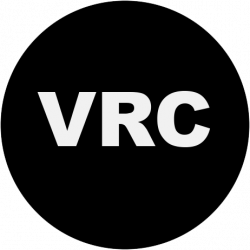In honor of St. Patrick’s Day, we investigated some of the Irish artists in our collection. Images of works by these artists are available through ARTstor, and artist descriptions are borrowed from Oxford Art Online. Happy St. Patrick’s Day!
“Eileen Gray, Irish furniture designer and architect, active in France. In 1898 she entered the Slade School of Art, London, with additional instruction in oriental lacquer technique in D. Charles’s shop in Soho. She moved to Paris in 1902, where she continued her training with the Japanese lacquer expert Seizo Sugawara.”
“Thomas Deane, Irish architect. He was the founding partner of the firm of Deane & Woodward, the most significant exponent in the 1850s of the architectural precepts of John Ruskin. Also active in local politics, Deane was twice elected High Sheriff, or Mayor, of Cork, in 1815 and 1830, and was knighted for his public service.”
“James Barry, Irish painter, draughtsman, printmaker and writer. Barry accepted the challenge of history painting despite a glaring lack of patronage for this kind of art in 18th-century Britain. His conviction that modern art was in decline added to his difficulties in competing with the cannon: he was strongly indebted to Italian art, in particular the work of Parmigianino and Annibale Carracci.”
“Mark Francis, Irish painter. He studied at St. Martin’s School of Art (1980–85) and Chelsea School of Art (1985–6). Around 1989 his early energetic, abstract landscape style became more overtly abstract. He adopted a dry-brushing technique, comparable to that developed by Gerhard Richter, to produce soft, smooth, ‘photographic’ and seductive surfaces, featuring microscopic imagery.”
“James Coleman, Irish Conceptual artist. From the early 1970s Coleman made installations using audio tapes, slides and projected film to investigate social and political themes. His Slide Piece (1973, exh. Paris Biennale, 1973, and London, Tate, 1982) presents a series of identical colour images of a street, with a recorded commentary describing visible features from different subjective viewpoints, so that a dialogue is set up between the sameness of each total image and the different details to which our attention is drawn.”

